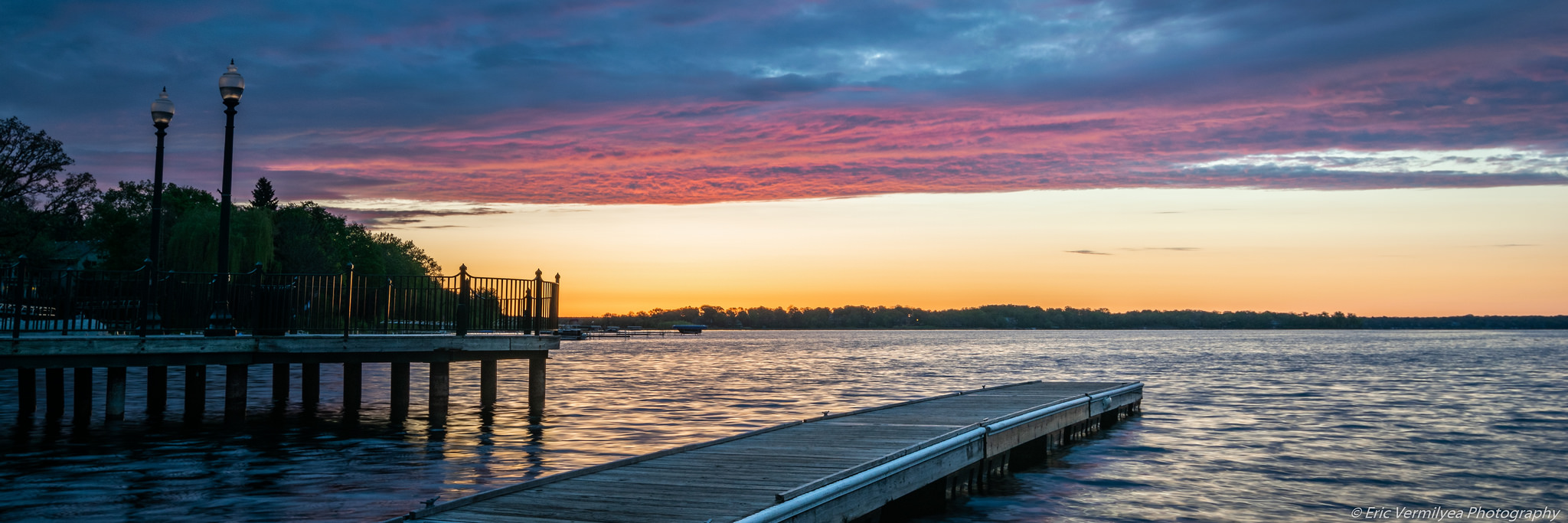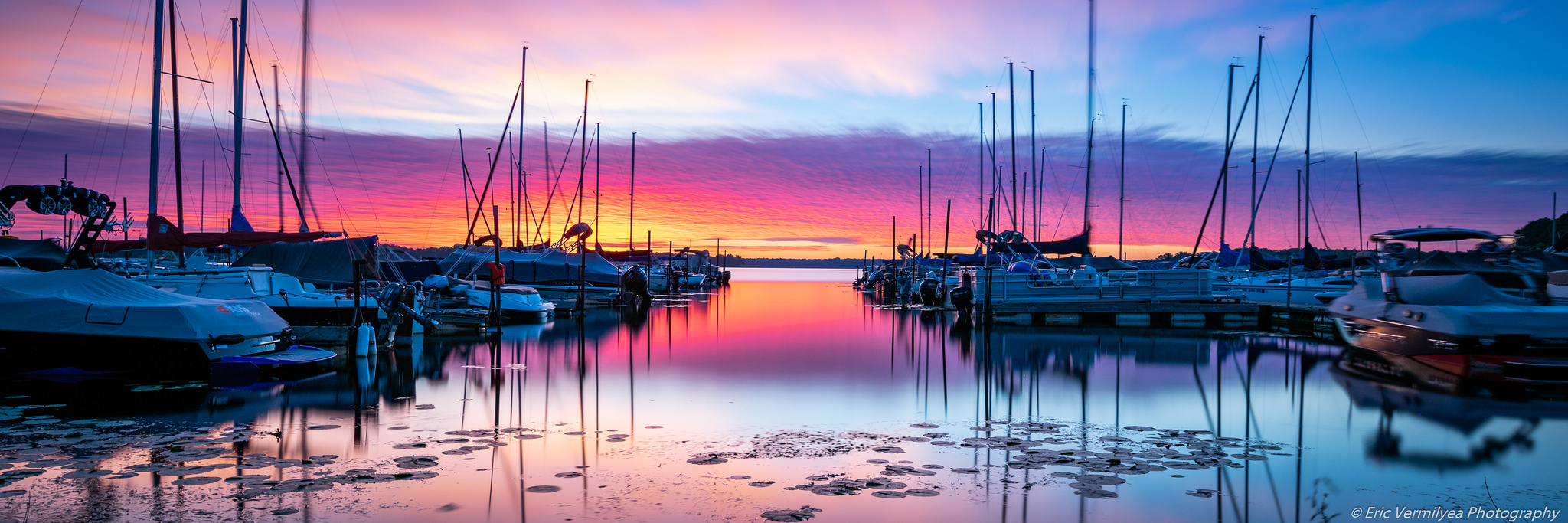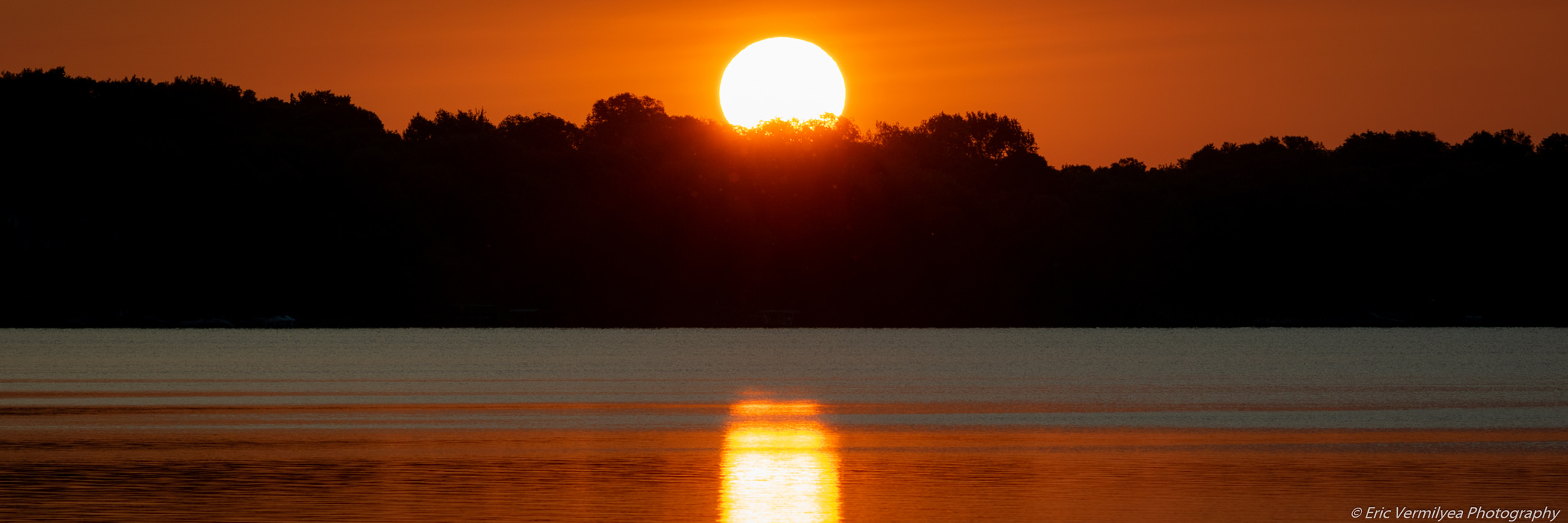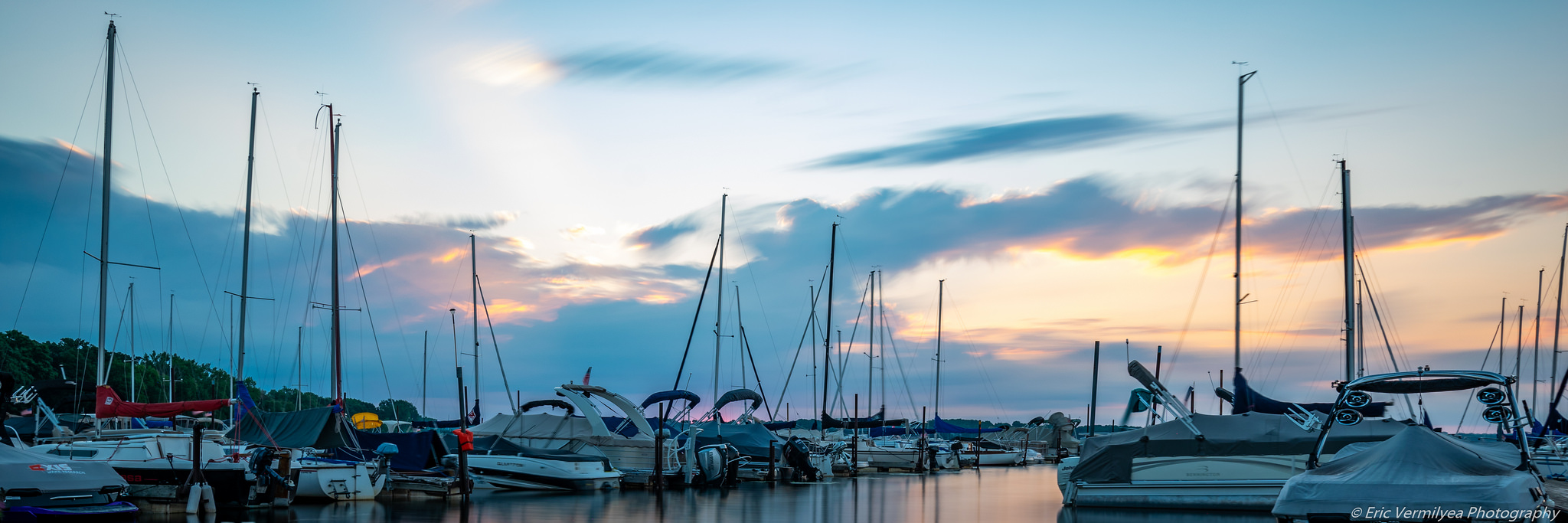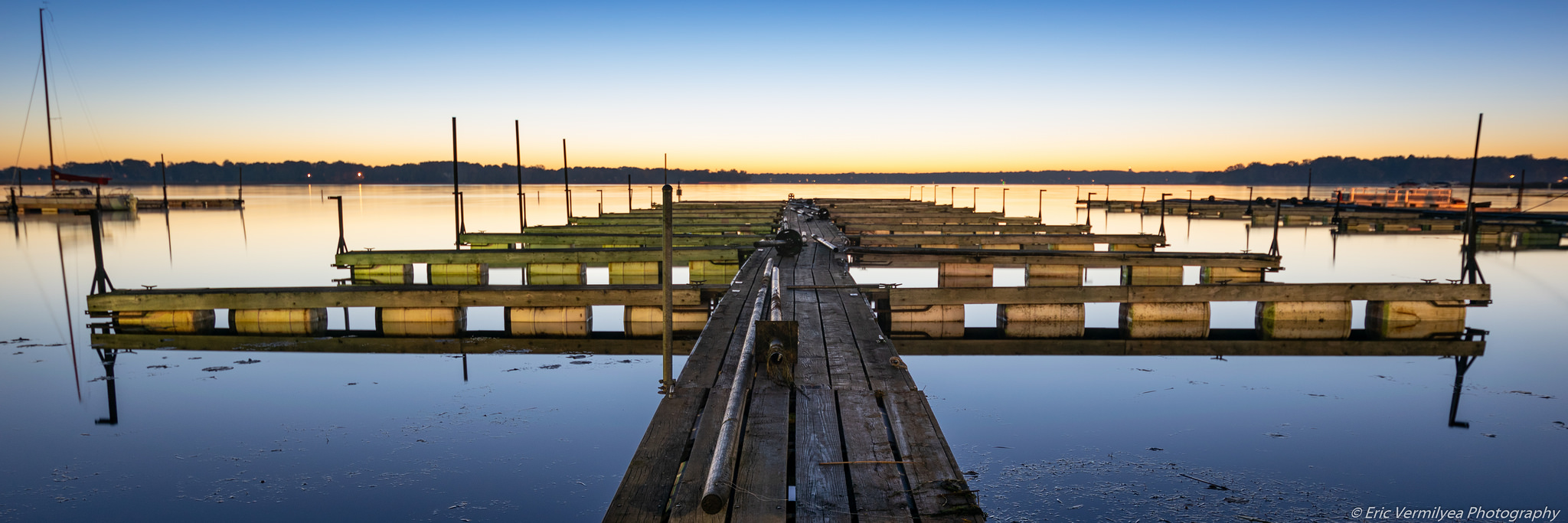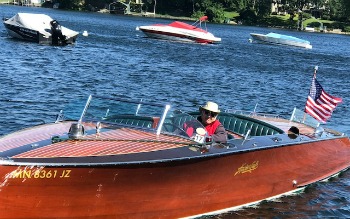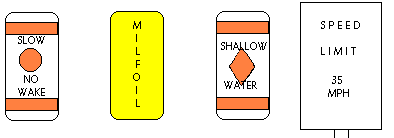
1. Obey buoy regulations: e.g., Slow/No Wake, Shallow Water, Milfoil
2. Obey all posted regulations, such as speed limits.
3. Obey all safe boating rules. DNR publication "Minnesota Boating
Guide."
4. Do not drink alcohol or do drugs while boating. Stay in control.
5. Be aware of your surroundings, be polite and be safe.
6. Do not pollute the lake; Do not put anything in it that you would not want to drink, swim in or pull your fish dinner out of. Keep fertilizer and leaves out of it so the water will not turn green and choked with aquatic plants.
7. Be a good neighbor. The lake belongs to everyone. Try to accommodate your neighbor's use as well as your own.
8. Be thoughtful, do not put yourself or others in jeopardy with rude, foolish or dangerous acts.
9. Wear life jackets.
Lawn Care Tips
So, what kind of fertilizer should I buy? Know your soil nutrient status -- test your soil. Most Ramsey and Washington County soils already contain sufficient amounts of phosphorous for healthy grass growth. Use fertilizers with low or no phosphorous where a soil test indicates adequate existing levels of phosphorous.
How do I test my soil? Soil testing kits can be obtained from the University of Minnesota Extension Service at 2020 White Bear Avenue, St. Paul, Minnesota 55108 (for details call 651 704-2061) and the University of Minnesota Soils Laboratory, 1903 Hendon Avenue, St. Paul, Minnesota 55108 (for details call 612 625-3101).
What's the big deal about phosphorous (P) in our lakes?
Even small amounts of phosphorous (P) entering our lakes can cause significant algae blooms and promote excess weed growth.
How can I use lawn fertilizers responsibly?
There are many sources of potential phosphorous contamination into our lakes, rivers and streams. One very common source is the phosphorous in water entering storm sewers and flowing into our lakes and ponds.
Therefore, keep all fertilizer products on your lawn where they can infiltrate into the soil and be used by the grass and/or bound by the soil. Once the phosphorous in fertilizer is watered into the soil, it becomes immobilized and resistant to leaching.
Avoid getting fertilizer on sidewalks, driveways and streets where it can be washed directly into the storm sewer by rain or irrigation. Sweep up any fertilizer that falls onto these areas. Never apply fertilizer to frozen ground. Also be careful not to apply fertilizer directly into lakes. Use drop type spreaders where accuracy of product placement is important.
Keep grass clippings and leaves out of the street and storm drainage areas--they can be carried away in storm runoff to our lakes and rivers adding additional phosphorous to the water quality problem.
What else can I do to get the most from my lawn fertilizer? Aerating annually, or at least every couple of years helps relieve soil compaction and improve and enlarge grass root growing areas. Plants will be able to tap water and nutrient reserves from a larger area of soil also improving drought tolerance.
For most lawns, maintain you mowing height at 2 to 3 inches throughout the growing season. Leave grass clippings on the lawn since they provide the equivalent of one application of fertilizer per year. Provide one to one and a half inches of water per week, including rainfall.




